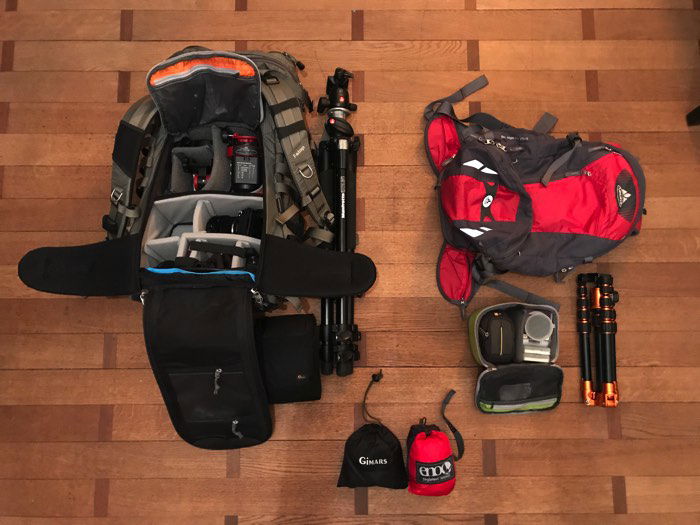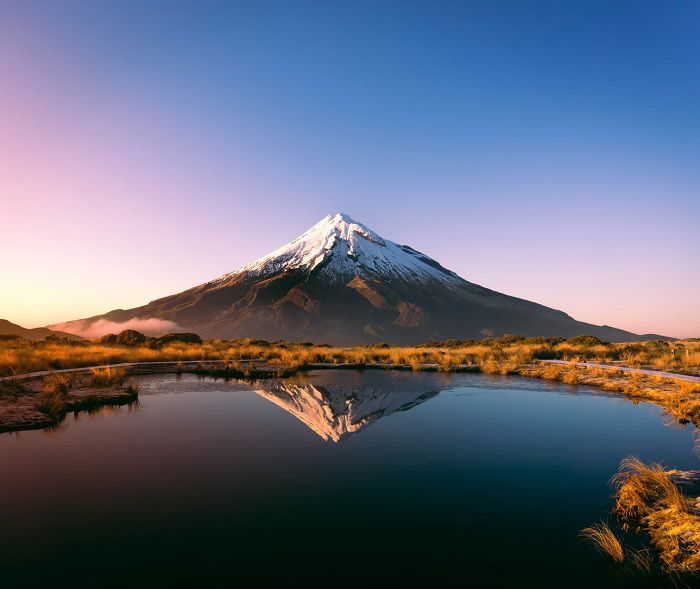You can start landscape photography with nothing more than your camera or phone. But it probably won’t be long before you want more. A better camera, or a different lens. A tripod and some folders, and of course, a bag to carry them in! We’ve put together a collection of some great advice on choosing the best gear or landscape photography.
As we have said, you can take spectacular landscape photos with the simplest gear. But there are certain things that will help you improve no end, so we have put together some advice to help you make those choices.
Starting with a camera and lenses to go with it. It doesn’t have to be the fanciest of cameras, but there are certain features that will help you to become a more effective landscape photographer.
The best affordable camera for landscape photography should have a decent sensor that meets the demands of the genre. Many guides say only high-resolution cameras are good enough, directing you to expensive options. But there are quality cameras that won’t break the bank.
The Canon EOS Rebel T7 is our top pick. It produces excellent images with helpful features for beginners at a great price. The 24.1 MP sensor delivers impressive colors and dynamic range. The wide ISO range of 100-12,800 gives flexibility in various lighting conditions.
Finding the best camera for landscape photography on a budget is possible. The cameras on this list prove you can capture stunning landscapes without spending a fortune.

When choosing a camera for landscape photography, image quality is key. Look for a high-resolution sensor that captures sharp details and vibrant colors. A wide dynamic range helps maintain detail in both bright and dark areas of the scene.
The best landscape cameras have a good ISO range, allowing you to shoot in low light without losing image quality. Weather sealing is also important, as it protects your camera from the elements when shooting outdoors.
Other useful features include a live-view display for easy composition and good battery life for extended shooting sessions. If you want to capture stunning landscape photos, the Nikon D850 is an excellent choice. Its 45.7 MP full-frame sensor produces exceptional images with a wide dynamic range. To learn more about the best camera for landscape photography, check out our in-depth guide.

The best lenses for landscape photography offer a wide focal range, sharp image quality, and sturdy build. Wide-angle lenses like the Tamron 10-24mm f/3.5-4.5 and Canon EF 16-35mm f/2.8L III USM are popular choices. They capture expansive scenes with ease.
The Sony FE 12-24mm f/2.8 GM is a top performer for Sony mirrorless cameras. It boasts excellent sharpness from edge to edge and fast autofocus. For Nikon users, the AF-S NIKKOR 16-35mm f/4G ED VR is a reliable option with great image stabilization.
Zoom lenses like the Canon EF 24-70mm f/2.8L II USM provide versatility for landscape shots. Prime lenses such as the Sony FE 14mm f/1.8 GM offer superior low-light performance and sharpness. Lenses for landscape photography come in many varieties to suit your needs and budget.

Perhaps one of the best cost-to-improvement ratios in photography is having the right filters for landscape work. They can really lift the images you take, for relatively little outlay.
Filters are important tools for landscape photographers. They help improve the quality of natural light in a scene. The most common filters for landscapes are graduated neutral density (GND) filters, neutral density (ND) filters, and circular polarizers (CPL).
GND filters balance the exposure between a bright sky and dark foreground. ND filters reduce the amount of light hitting the sensor, allowing for longer exposures. CPL filters eliminate reflections from water and saturate colors.
Infrared (IR) and light pollution reduction (LPR) filters are also useful for specific situations. Filters for landscape photography are a great way to take your images to the next level.
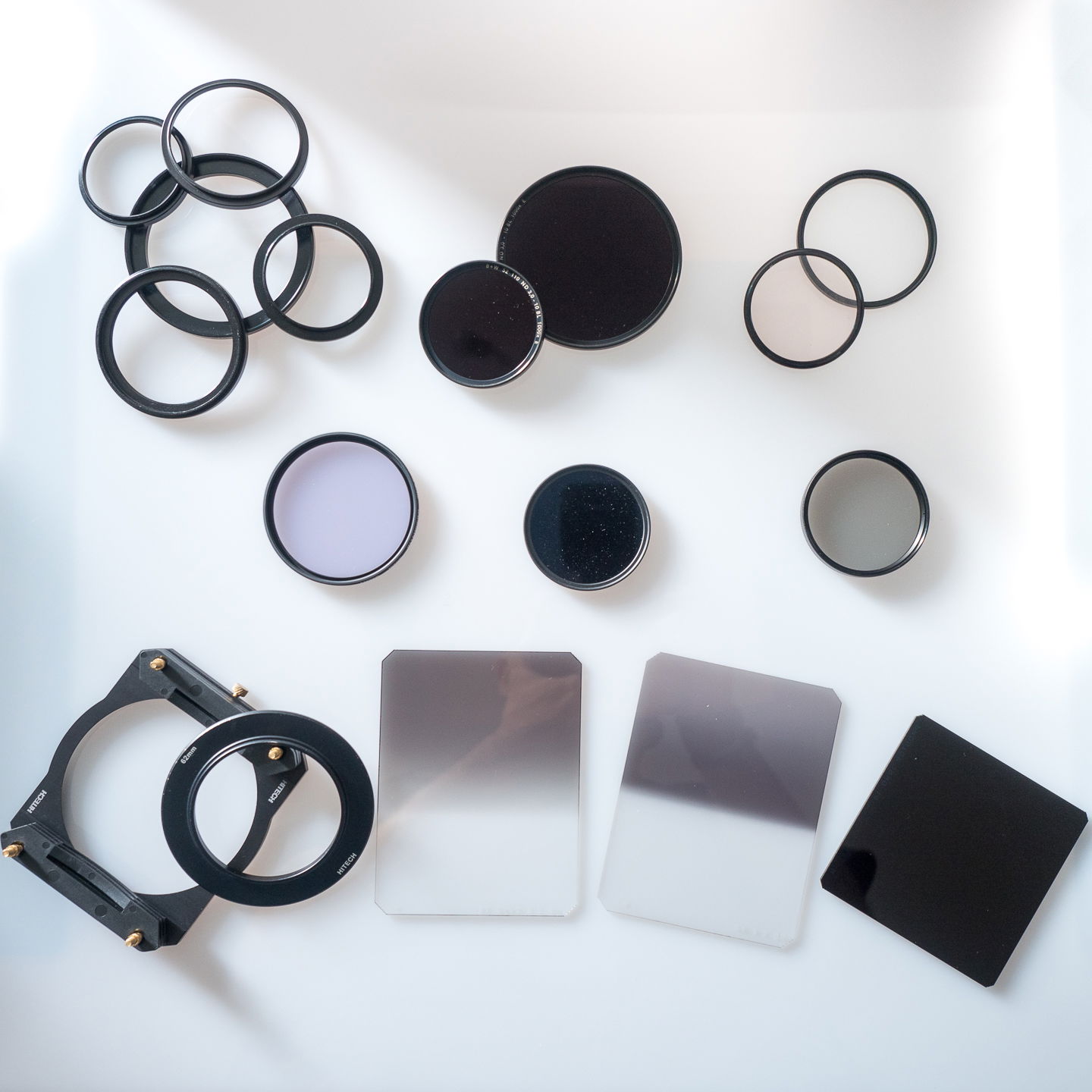
Neutral density filters reduce the amount of light entering your camera lens. This allows you to use slower shutter speeds or wider apertures in bright conditions. ND filters are essential for creating long exposure effects like silky smooth water or blurred clouds.
The best ND filters use high-quality glass that maintains sharpness and color accuracy. They come in different densities, from 1 to 10 stops or more. Variable ND filters let you adjust the density by rotating the filter.
When choosing an ND filter, consider the size that fits your lens and whether you prefer a circular screw-on or square filter system. Investing in a good quality ND filter will help you achieve stunning long exposure effects in your neutral density filter photography.
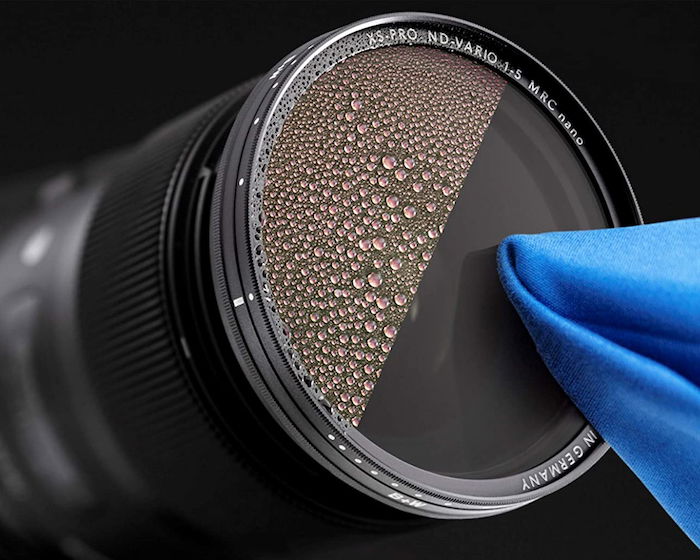
A graduated ND filter is a must-have for landscape photographers. It balances exposures across the scene, eliminating blown-out skies or dingy foregrounds. The best graduated ND filters maintain excellent image quality while evening out the light.
The K&F Concept Soft Graduated Neutral Density Filter is our top pick. It has fantastic optical quality and comes in many sizes to fit different lenses. The filter has an ND factor of 8 for a three-stop difference between the filtered and unfiltered sections.
Graduated ND filters are an important tool for capturing stunning landscape photos. They help you take perfectly exposed images in challenging lighting conditions. With the right graduated ND filter, you can take your landscape photography to the next level.

A variable ND filter is a must-have accessory for landscape photographers. It reduces the amount of light entering your lens, giving you more control over your exposure settings. This is especially useful when shooting in bright sunlight.
With a variable ND filter, you can use slower shutter speeds to capture motion blur in water or clouds. You can also use wider apertures for a shallower depth of field, making your subject stand out from the background. The best variable ND filters offer a wide range of density settings, typically from ND2 to ND400 or higher.
When choosing a variable ND filter, look for one with high-quality glass and coatings to minimize color cast and vignetting. Brands like K&F Concept, Neewer, and B+W offer excellent options at various price points. If you want to learn more about variable nd filters, there are many great resources available online.
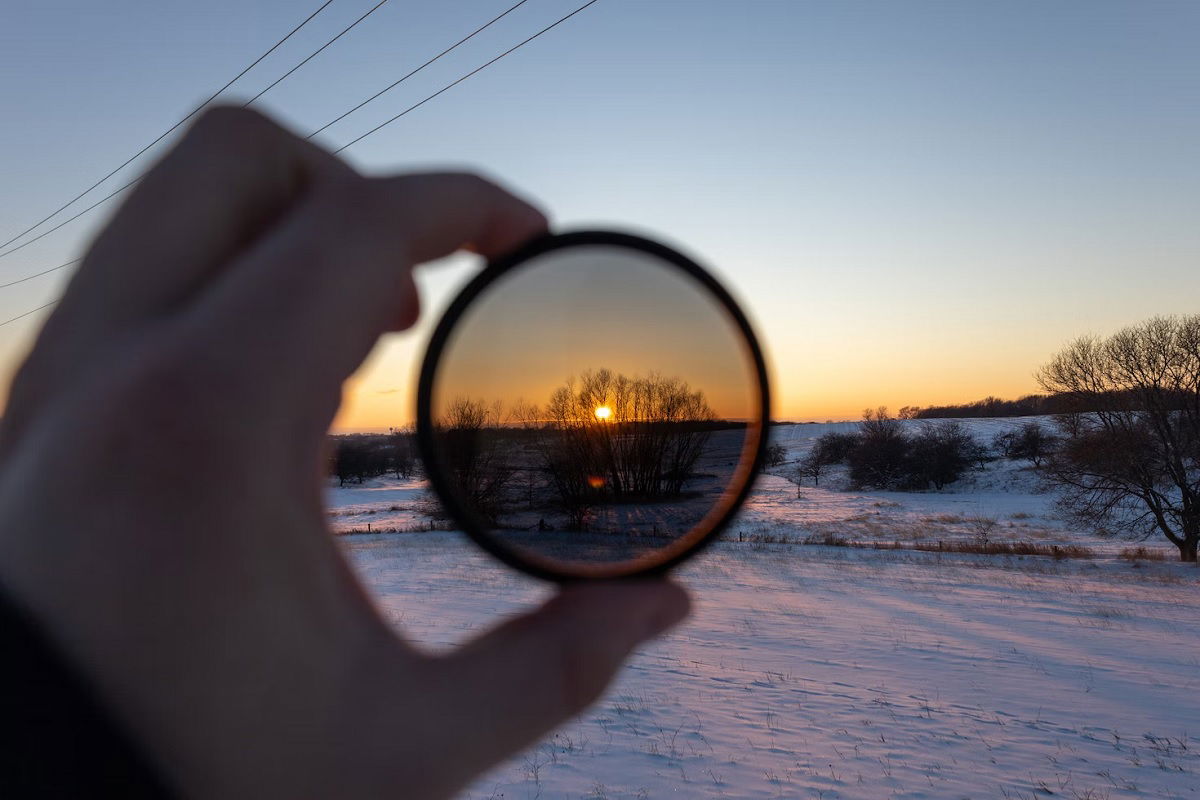
A CPL filter is an important tool for landscape photographers. It reduces glare and reflections from surfaces like water and glass, making colors more saturated and skies darker.
The filter works by only allowing light waves with a specific orientation to pass through. You can rotate the filter to get the desired effect, like removing reflections or bringing out texture in the sky.
A CPL filter is most effective when the sun is to the side, but it’s not recommended in low light or with ultra-wide lenses. It’s also important to consider if reflections add to the scene before using the filter. To learn more about CPL filters, check out our in-depth guide.

A polarizing filter is a secret weapon for landscape photographers. It reduces reflections and enhances colors, giving your photos more vibrancy and contrast.
The best polarizing filters have high-quality glass with no color cast. They also have thin frames to avoid vignetting and high light transmission to minimize exposure adjustments. Coatings that reduce glare, repel water and dust, and prevent scratches are important features to look for.
Polarizing filters come in screw-on, magnetic, and drop-in styles. Screw-on and magnetic filters are sized to fit specific lens diameters, while drop-in filters use a separate holder that fits multiple lenses. To get the most out of a polarizing filter, position the sun at a 90-degree angle to your lens and rotate the filter until reflections disappear. With practice, a polarizing filter can take your landscape photos to the next level.
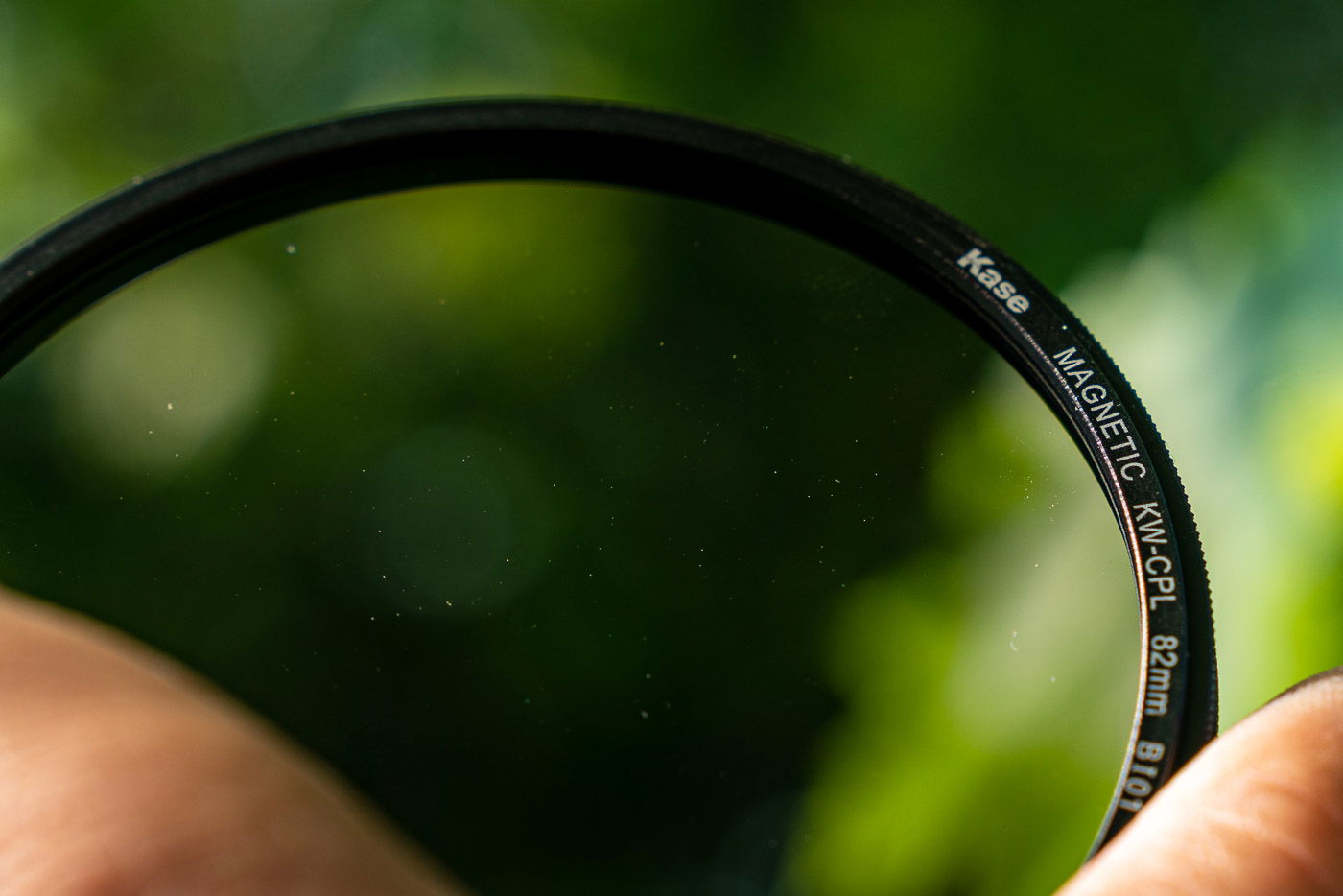
Camera filters are a simple and effective way to improve your photography. They manipulate light and reduce unwanted elements to enhance photo quality, color, and effects. Filters are easy to use, conveniently sized, and reasonably priced compared to other camera accessories.
The best camera filters help you achieve better results in specific photography situations. Polarizing filters are great for outdoor photography, as they reduce glare and deepen blue skies. Neutral density (ND) filters allow you to use slower shutter speeds in bright light, making them essential for long exposure shots. Other popular filters include infrared for surreal effects, diffusion for a soft glow, and light pollution filters for night sky photography.
When choosing camera filters, consider your photography needs and the effects you want to achieve. With the right filter, you can take your images to the next level and unleash your creativity behind the lens.
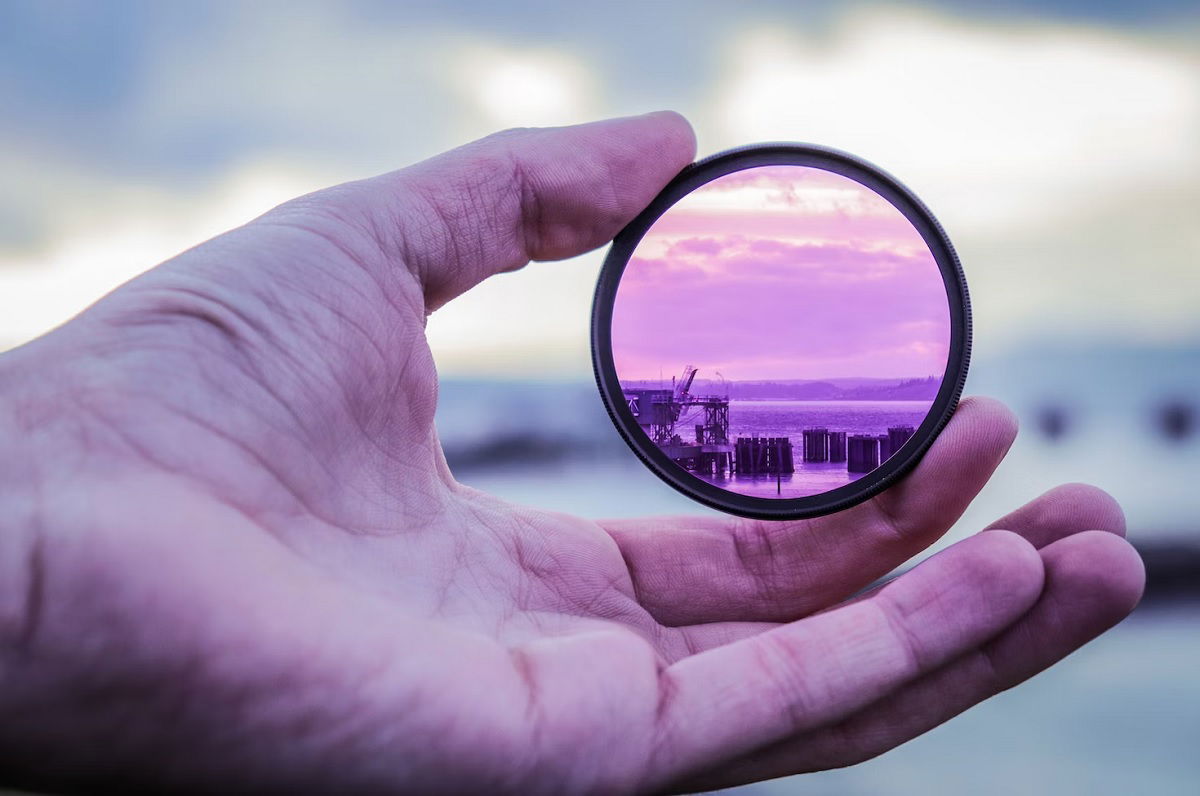
Infrared filters block visible light, allowing only infrared light to pass through. This creates unique, surreal-looking photos.
The Hoya R-72 is a great infrared filter at a reasonable price. It blocks visible light up to 720nm and is made with high-quality optical glass. The R-72 can also be paired with color filters for creative effects.
Kolari Vision offers infrared filters in various densities, each producing a different look. They’re scratch-resistant and come with a lifetime guarantee. Kolari provides a helpful table showing the results of each filter density.
To learn more about infrared filters, check out our in-depth guide. It covers the best options for both beginners and professionals.
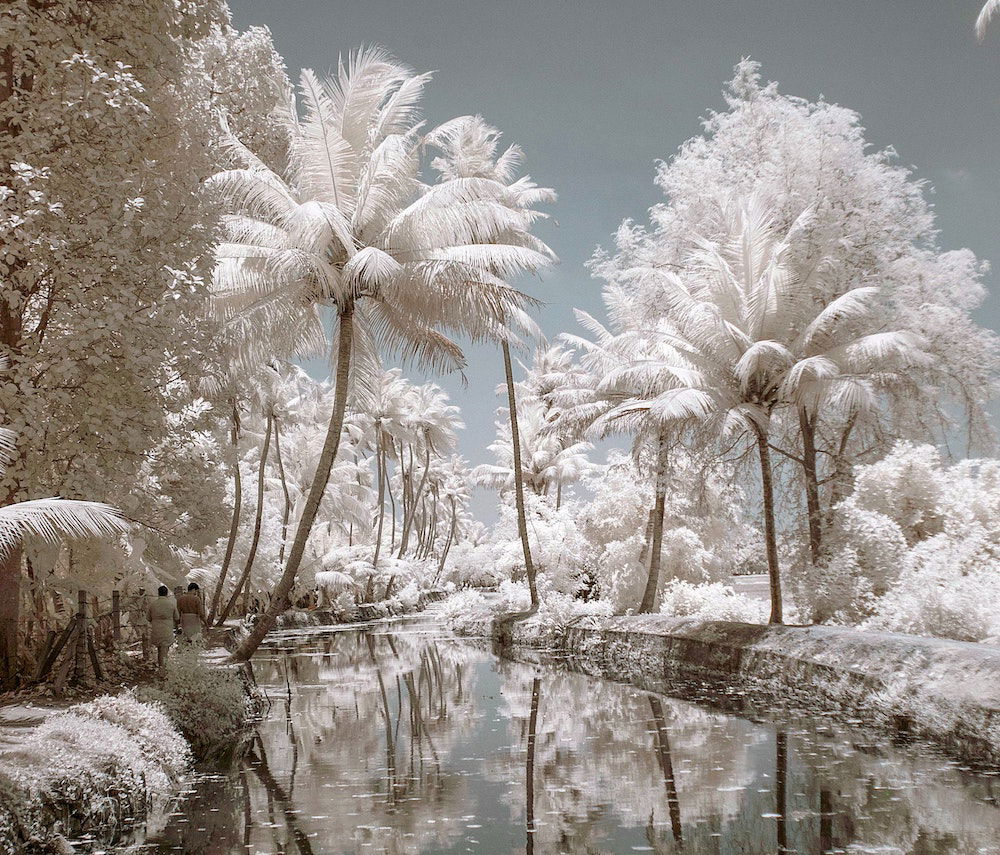
Lens protection filters are important for keeping your lenses safe from scratches and damage. They provide an extra layer of protection, possibly saving you thousands of dollars if you drop or knock your camera.
The best lens protection filters use high-quality optical glass that is scratch-resistant and has anti-reflective coatings. This ensures your photos remain sharp and clear. Look for filters that are also water and oil-repellent for added protection.
Choosing the right size filter for your lens is important. Make sure to check the diameter of your lens before purchasing. A good lens protection filter can save you a lot of money and heartache in the long run.
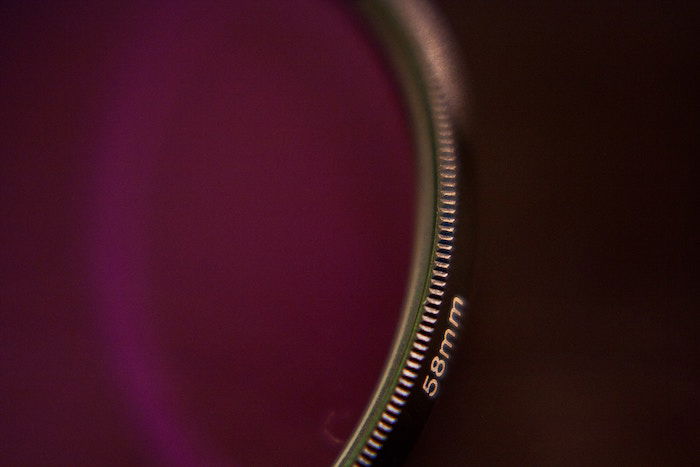
A sturdy tripod is essential for capturing sharp landscape photos. Look for a lightweight model made from aluminum or carbon fiber. It should have a high maximum load capacity to safely hold your camera and lens.
Adjustable legs and a versatile tripod head give you flexibility when shooting in uneven terrain. A ball head is a popular choice, allowing you to pan and tilt your camera with ease. Some ball heads also have a groove for vertical mounting.
Other useful features include quick-release plates, bubble levels and rubber feet for extra stability. The best landscape tripods are portable yet strong enough for demanding outdoor photography.
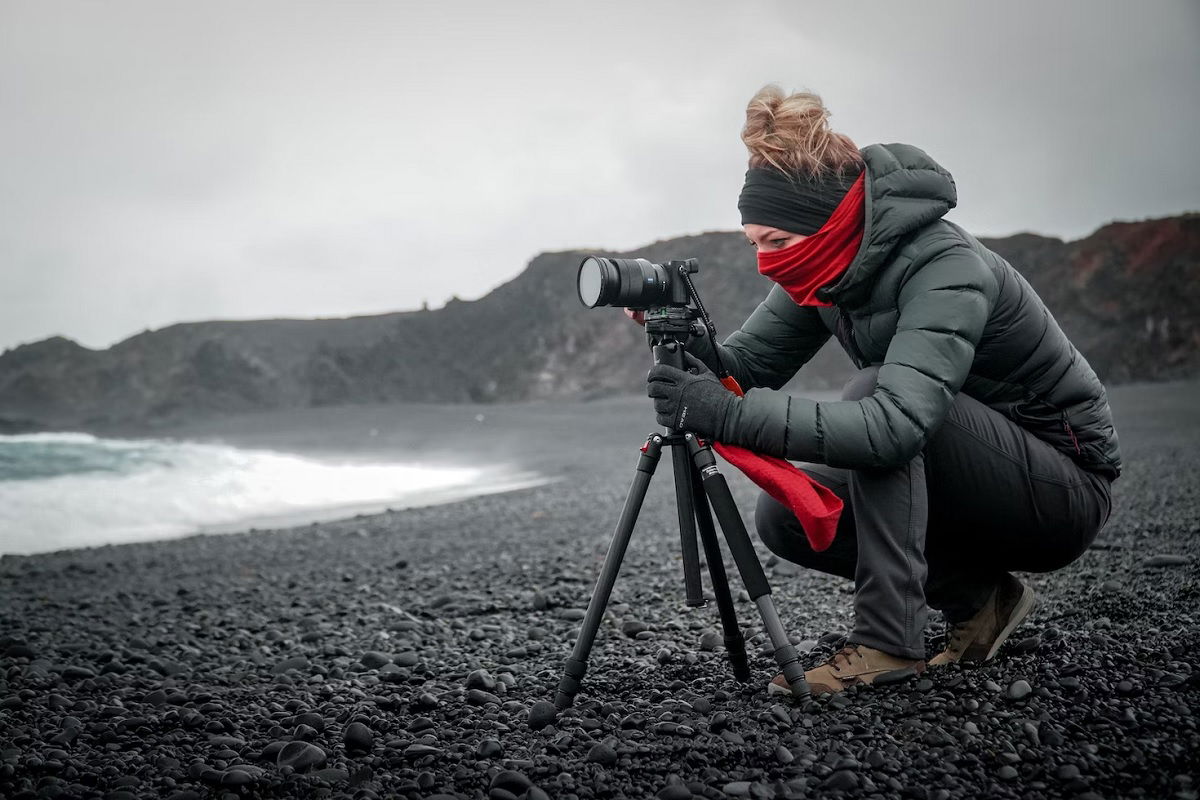
Weatherproof camera bags are essential for protecting your expensive gear from the elements. The best bags use high-quality materials that keep water out, even in heavy rain. Look for bags with waterproof zippers and roll-top designs for the best protection.
Bags like the Wandrd Prvke and Duo Daypack offer excellent weather resistance. They’re made with durable, water-resistant materials and have sealed zippers. The Lowepro Freeline is another great option with its rugged, weatherproof exterior.
When choosing a weatherproof camera bag, also consider factors like size, comfort, and access to your gear. A bag that fits your needs and shooting style will make your photography more enjoyable. If you want to learn more about the best weatherproof camera bags, the best weatherproof camera bags have features like roll-top designs and waterproof zippers to keep your gear safe and dry.

Here are some must-have landscape photography accessories:
A tripod is important for keeping your camera steady and avoiding blurry photos. Look for a sturdy tripod that can handle the weight of your camera and lens.
Filters help you capture better landscape photos. Graduated neutral density filters balance the exposure between the sky and foreground. Neutral density filters allow for long exposures in daylight. Circular polarizers reduce glare and deepen colors.
Protect your camera gear from the elements with accessories like lens hoods, cleaning kits, rain sleeves, and backpack rain covers. Keep your memory cards safe in a protective case.
Bring extra batteries and a power bank to keep your camera powered up during long shoots. A portable hard drive provides additional storage for your photos. Landscape photography accessories like these will help you capture stunning images of the great outdoors. To learn more about must-have landscape photography accessories, check out this in-depth guide.
